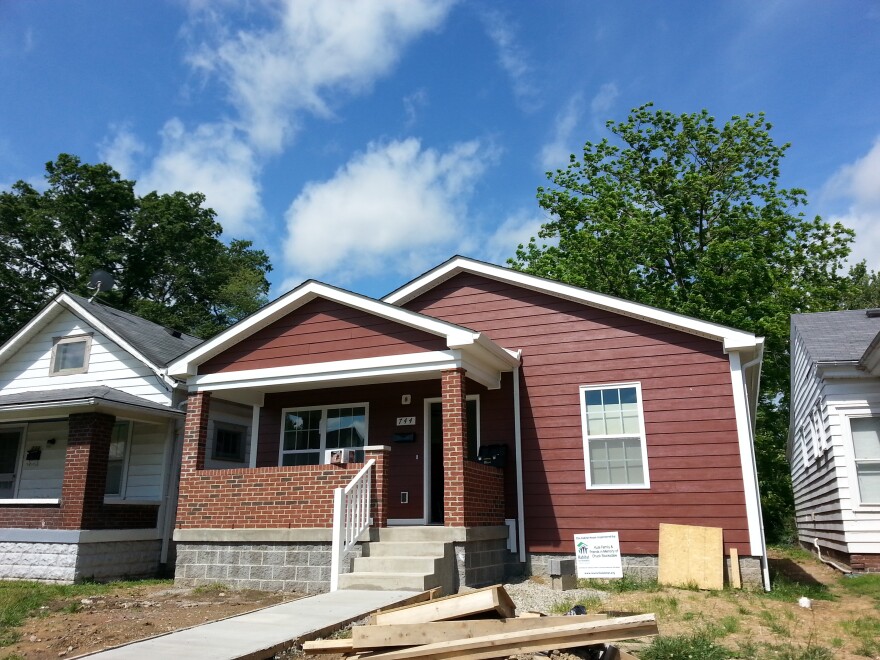More than 60 percent of Louisville's occupied housing structures are detached, single-family buildings, according to a Washington Post analysisof U.S. Census data.
The remainder of occupied housing units in Louisville consists of attached, single-family units and an array of multi-family designs, the data show. Multi-family structures boasting three or four units make up about 10 percent of the city's housing stock.
Denser structures, such as those with five to nine units and 10 to 19 units, make up a larger percentage of the city's housing stock than dual-unit structures such as duplexes or single-family attached units such as rowhouses, the data show.
Among the nation's 40 most populous cities, just four — Oklahoma City, Fort Worth, El Paso and Detroit — have a higher percentage of occupied detached, single-family units than Louisville.
(The Washington Post published this graphic comparing Louisville with other cities.)
Housing types play into population density, which affects issues ranging from employment to transportation.
Cathy Hinko, executive director of the Metropolitan Housing Coalition, said the data reflects the historical housing development trends in Louisville.
But changes being made to the city's zoning policies could make way for more multi-family units in areas traditionally zoned for single-family units, she said. Plus, an increases in recent years of home rentals may indicate that Louisvillians are beginning to prefer or require housing types other than detached, single-family units.
Nearly 85 percent of Louisville renters live in multi-family units, according to the 2013 Metropolitan Housing report.
"We probably need to think about what kind of development we want to do," she said.
In the future, she said, local policymakers should consider housing developments that foster a unique character that will attract young, talented workers and allow the city's population to grow.
"We know our past, what do we want to see in the future," she said.






